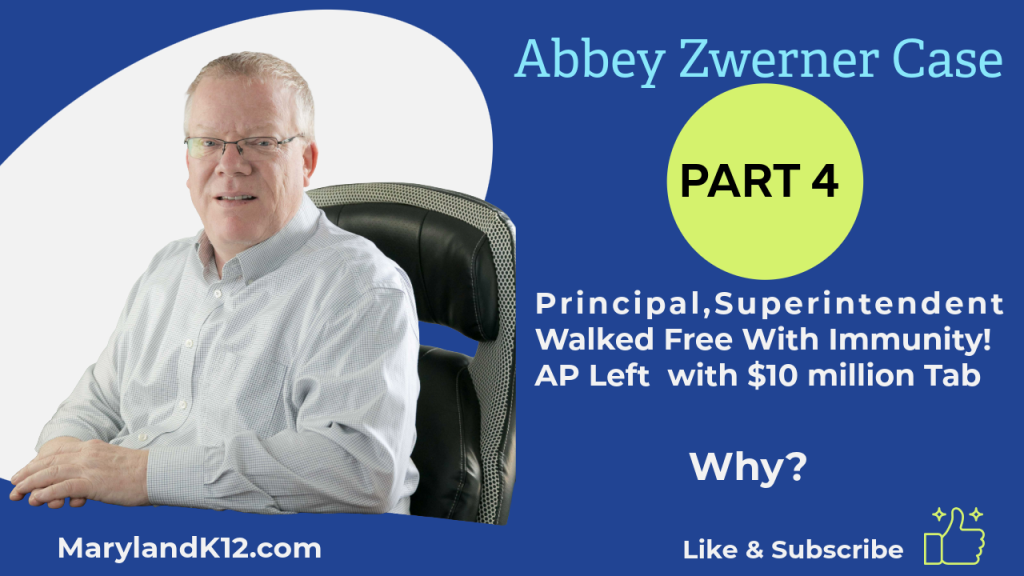
What New Data Show About Principal Turnover
More than 1 in 10 public school principals left the profession between the 2020-21 and 2021-22 school years, new federal data show.
That’s a slight increase in job departures from five years prior, the last time the data were collected. But it’s not a sharp departure from longer-term trends, said Julia Merlin, a statistician at the National Center for Education Statistics, part of the U.S. Department of Education.
The findings come from a follow-up to the National Teacher and Principal Survey, a periodic series of nationally representative surveys of educators and school leaders. In 2021-22, the federal agency asked about 6,500 public school principals who previously responded to the 2020-21 survey if they had changed job status in the last year.
The majority of respondents, 79.6 percent, had stayed at the job they had the previous year, and 5.9 percent moved to a principal role at another school.
But 11.2 percent of public school principals left the role altogether. That’s an uptick over the 9.8 percent deemed “leavers” in the 2016-17 school year, but it’s in line with trends dating back to 2008-09, when 11.9 percent of principals left the field.
The findings come amid continued concern about stress for school leaders, who have been challenged with restoring strained teacher morale as they faced years of uncertainty and change during the COVID-19 crisis.
“I am surprised that the number [of principals who left] isn’t higher,” said Beth Houf, a high school principal in Jefferson City, Mo., and the 2022 principal of the year, an honor given by the National Association of Secondary School Principals.
Principals need support from districts, connections to their peers, and a sense of community with teachers to help them face continued challenges from the pandemic, she said.
“I’m in my 16th year as a building principal, and the last three years have by far been the hardest,” Houf said.
Some principals are more likely to leave the roles
Some principals appeared to be more likely to leave than others, the NCES analysis found.
- Principals with 10 or more years of experience left their roles at higher rates than those with fewer than three years on the job—14.7 percent compared to 7.6 percent.
- Older principals were also more likely to leave: Nearly 20 percent principals over age 55 left their jobs in the 2021-22 school year. It is unclear how many of those departures can be attributed to retirement and how many of those principals shifted to other career fields.
- Schools where enrollment comprised at least 75 percent students of color had the highest percent of principals moving to new schools, 7.1 percent, and the lowest percentage of leaders leaving the role altogether, 9.9 percent.
- Respondents were asked about a number of statements related to their job satisfaction in the 2020-21 school year. A year later, 15.9 percent of principals who agreed that they “don’t seem to have as much enthusiasm now as I did when I began this job” had left the profession.
Principals call for support from leaders
While the data don’t show a dramatic spike in departures, policymakers and education groups have warned that states and districts should take action now to ensure they can continue to retain and recruit effective principals.
The data are roughly comparable to the findings in a separate study of principal turnover in the pandemic.
“The signs pointing to principals’ exodus are everywhere,” NASSP CEO Ronn Nozoe said in a statement to Education Week.
It’s particularly concerning that leaders in high poverty schools and schools serving more students of color are more likely to change roles, he said.
“We need to invest in developing the educator pipeline to ensure all schools have excellent staff, in particular through programs like Title II [a federal grant] that recruit, develop, and retain teachers and principals where they are needed most,” Nozoe said.
Some states, like North Dakota, have sought to boost future leaders’ resilience by developing apprenticeships and programs that provide more practical, on-the-job training before they take on the role.
In Missouri, Houf helped the state create the Leadership Development System, a program that provides professional mentoring and micro-credentials to new and incoming school leaders.
Principals who feel stretched thin by growing and changing demands may struggle to feel effective at work, Houf said.
“They are doing a lot of things, but how many of those things are they doing well?” she said.
Peer support, through informal relationships with colleagues and programming provided by professional organizations, can be a big boost, Houf said.
“Find your life preserver,” she said. “That’s a big piece.”
Dig Deeper With Our Longreads
Newsletter Sign up to get our best longform features, investigations, and thought-provoking essays, in your inbox every Sunday.
The MEN was founded by John Huber in the fall of 2020. It was founded to provide a platform for expert opinion and commentary on current issues that directly or indirectly affect education. All opinions are valued and accepted providing they are expressed in a professional manner. The Maryland Education Network consists of Blogs, Videos, and other interaction among the K-12 community.







